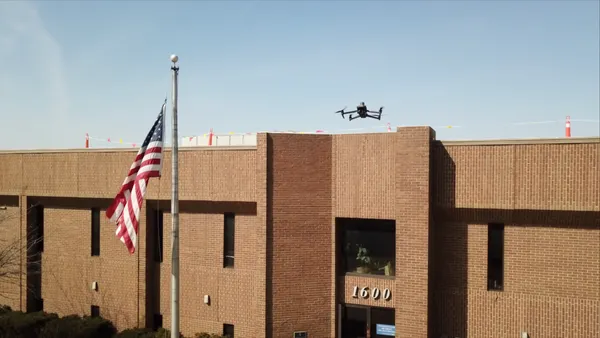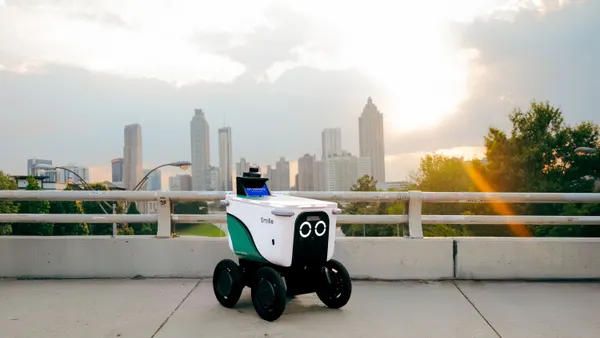Dive Brief:
- Chicago Mayor Rahm Emanuel has announced that all 7,000 patrol officers within the Chicago Police Department are now equipped with body cameras. Chicago now has the country's largest deployment of the cameras.
- The body cam program completion is a year ahead of schedule, as it was expected to be fully implemented by the end of 2018.
- Emanuel said the technology boosts the police department's transparency and accountability, while also building trust with residents and increasing officers' safety.
Dive Insight:
Over the past several years, thousands of U.S. police departments in all parts of the country have rushed to outfit officers with body cams, many in response to police-involved shootings and the civic unrest that followed some of the high profile cases. Of the approximately 15,000 active law enforcement agencies, it's estimated that at least one-third — at least 5,000 — use body cameras to some degree or are looking into it. They're used in 20 of the largest U.S. cities, except for Indianapolis, which discontinued using them in 2015 when its seven-month body cam pilot program ended.
Like Indianapolis, many police departments find the costs of a body camera program to be too prohibitive. A hidden cost that many departments don't anticipate is that of storing all the video clips for months or years, depending on the jurisdiction's requirements. The video storage costs are often cited as upwards of $100,000 annually for small jurisdictions, and far greater for medium- and large-sized cities. For example, the International Business Times last year put the cost of each individual camera between $300 and $800; it cited San Diego's storage costs at nearly $1,500 per camera per year.
The high operating costs prompt many departments to end their body cam programs soon after they take off, as happened in Indiana, especially after the passage of its new state law mandating certain amounts of video storage. Other departments choose to only outfit a portion of their officers with the cameras to keep the program affordable. The cost considerations makes Chicago's ability to fund putting cameras on all 7,000 of its patrol officers quite impressive. It did, however, secure $1 million of the $20 million in federal grant money that the Department of Justice awarded to jurisdictions in 2015 to help fund body camera programs.
A study of the Washington, DC policy body camera program released this year brought into question the effectiveness of body cameras. It tracked 2,200 officers for seven months and concluded that body cams did not produce significant differences in behavior, either for officers or for citizens. That flew in the face of conventional wisdom that the cameras would help to improve behavior on both sides of the police-citizen equation, a key tenet of Chicago's body cam program.
However, the lack of research in the field prompts much speculation and unfounded conclusions about police body cams. Further testing and research is needed to draw firm conclusions, considering that most departments only started exploring this technology in the past two to five years. Chicago itself launched its pilot in 2015 and committed to a full-scale body cam program last year. As with any emerging technology, it takes a while for its use become habit and for it to reach its full potential. Chicago's large police force, complete body cam program and focus on turning around its crime rate make it a prime location for conducting research on police body cam use. It would add to the industry's knowledge base and help other police departments better determine whether a body cam program would provide value for their jurisdictions.










